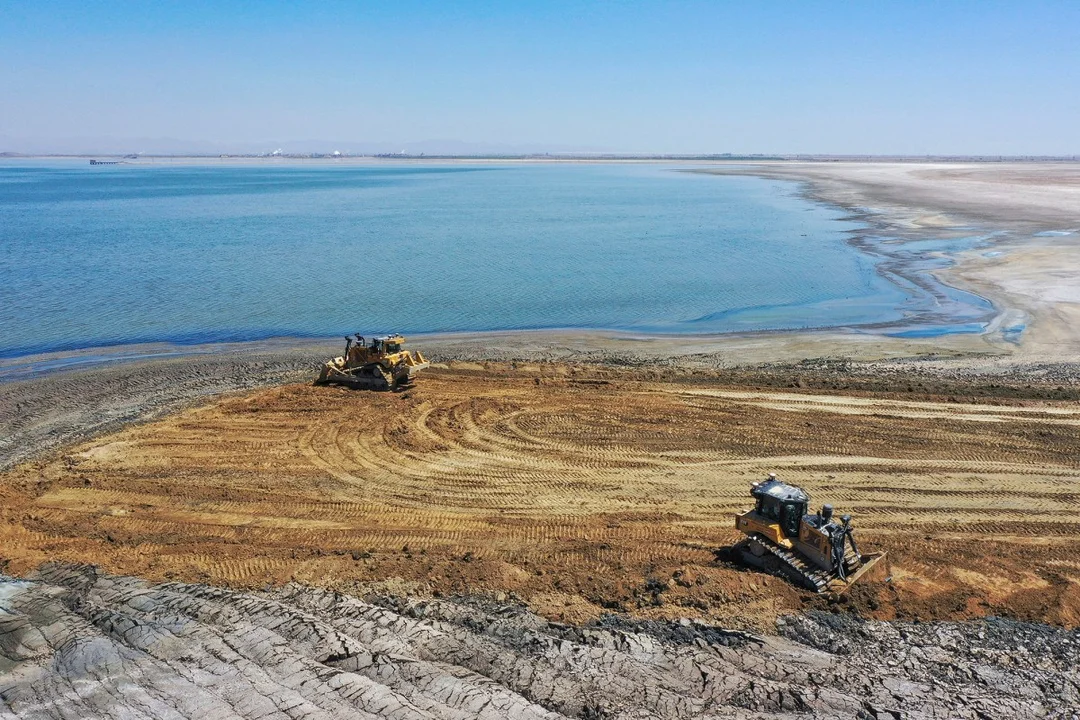
Salton Sea: California’s Imperiled Lake Faces Uncertain Future
The Salton Sea, California's largest lake, is facing an uncertain future as environmental concerns mount. The lake, which has been shrinking for decades, is now at a critical juncture, with experts warning of potential ecological collapse if action is not taken soon.
The Salton Sea was formed in 1905 when the Colorado River breached an irrigation canal, flooding the Salton Basin. Over the years, the lake has become a vital habitat for millions of birds and fish, as well as a recreational area for local communities. However, as agricultural runoff has decreased and evaporation rates have increased, the lake's water levels have steadily declined.
This decline has led to a host of problems, including increased salinity, toxic dust storms, and the death of fish and wildlife. The exposed lakebed, now covering tens of thousands of acres, releases harmful pollutants into the air, posing a significant health risk to nearby residents.
State and federal officials have been working on various projects to address the crisis, including habitat restoration, dust suppression, and water importation. However, progress has been slow, and funding remains a major obstacle. The recent passage of the Salton Sea Management Program Phase I: 10-Year Plan has provided some hope, but many experts believe more comprehensive action is needed to save the lake and protect the communities that depend on it.
As the Salton Sea continues to shrink, the future of this once-thriving ecosystem hangs in the balance. The choices made in the coming years will determine whether this imperiled lake can be saved or if it will become another casualty of environmental neglect.